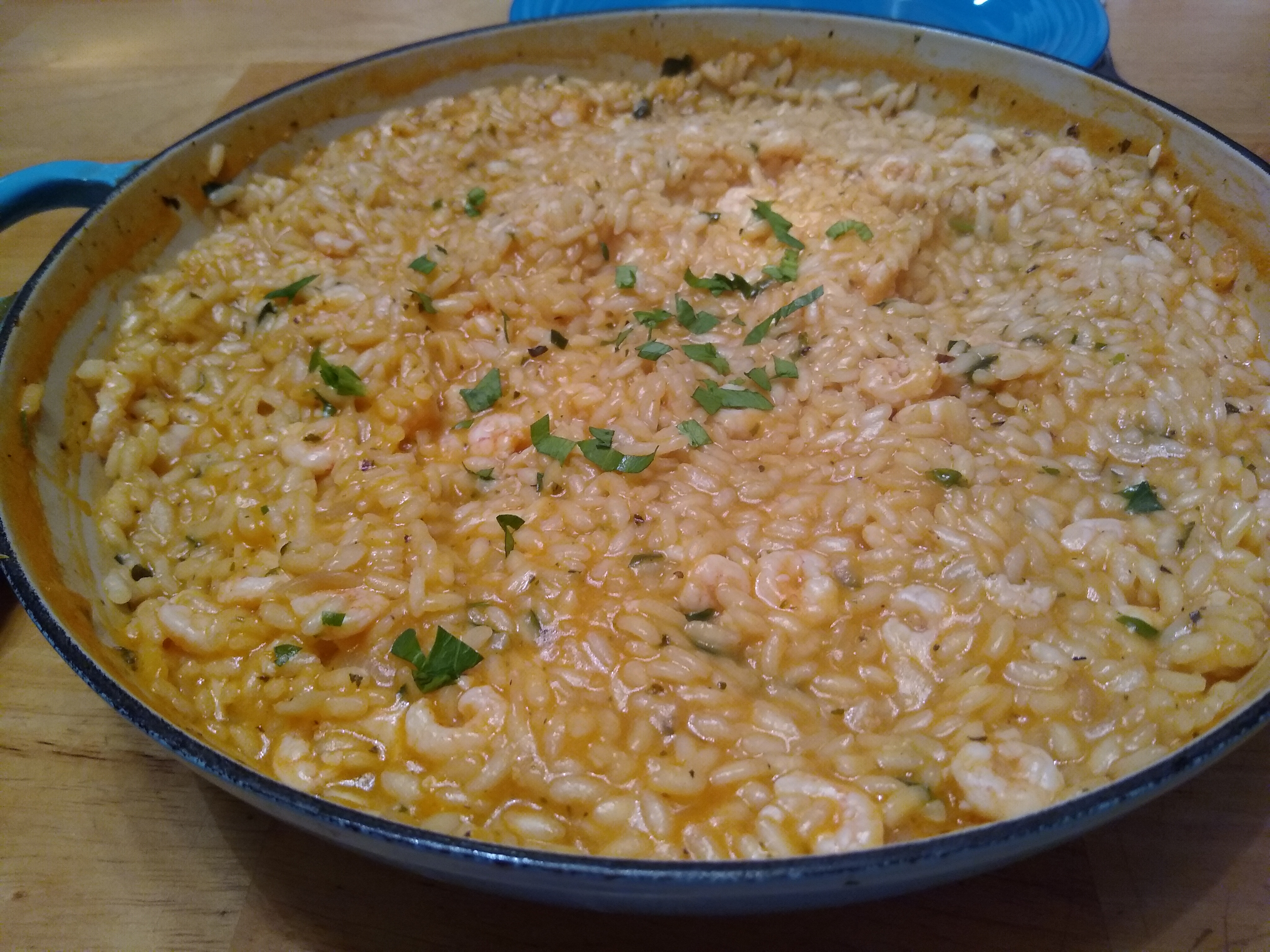
One of the tricky things about trying to cook Italian recipes in New England is that many of the ingredients are different, especially with regard to seafood. Most of Italy is far closer to where the crops are grown than New England is to California's Central Valley, so their produce tends to be fresher all year round. But for seafood, the fish and shellfish in our waters are in most cases very different from Mediterranean waters.
This recipe calls for Maine shrimp, the delicious little cold-water shrimp from the Bay of Fundy that are not the same as "salad shrimp" that you can get at some food service outlets. Italy has shrimp of all sizes, including little shrimp like these, but I doubt that they are the same species in those warmer waters. Nevertheless, they get us closer to the way this recipe would be made in Venice or Genoa.

 Here is a classic sweet that we had in Sorrento, Pompeii, and surrounding areas. It's not desperately sweet, and it's heavy and moist so you can serve it in thin slices. It's great with fresh espresso!
Here is a classic sweet that we had in Sorrento, Pompeii, and surrounding areas. It's not desperately sweet, and it's heavy and moist so you can serve it in thin slices. It's great with fresh espresso!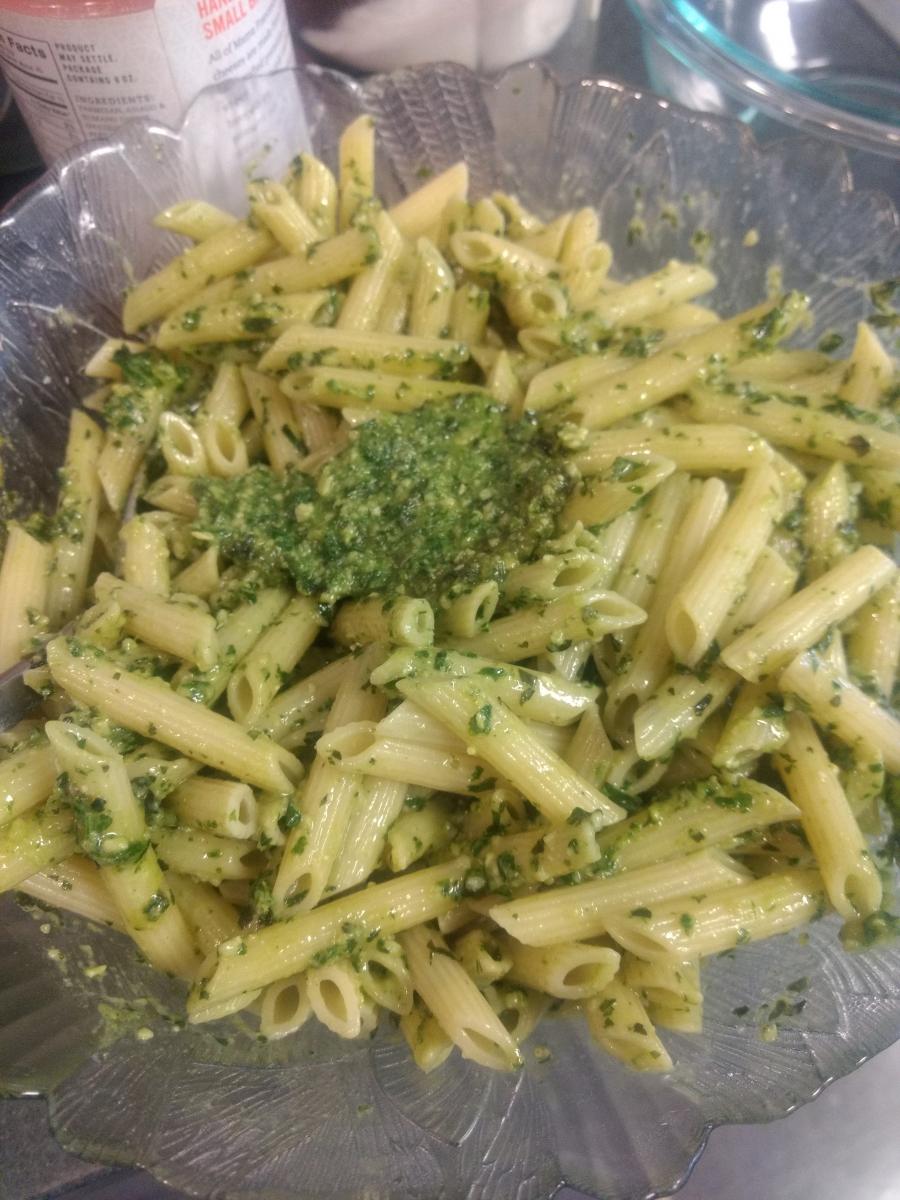 A favorite pasta dressing from Genoa.
A favorite pasta dressing from Genoa.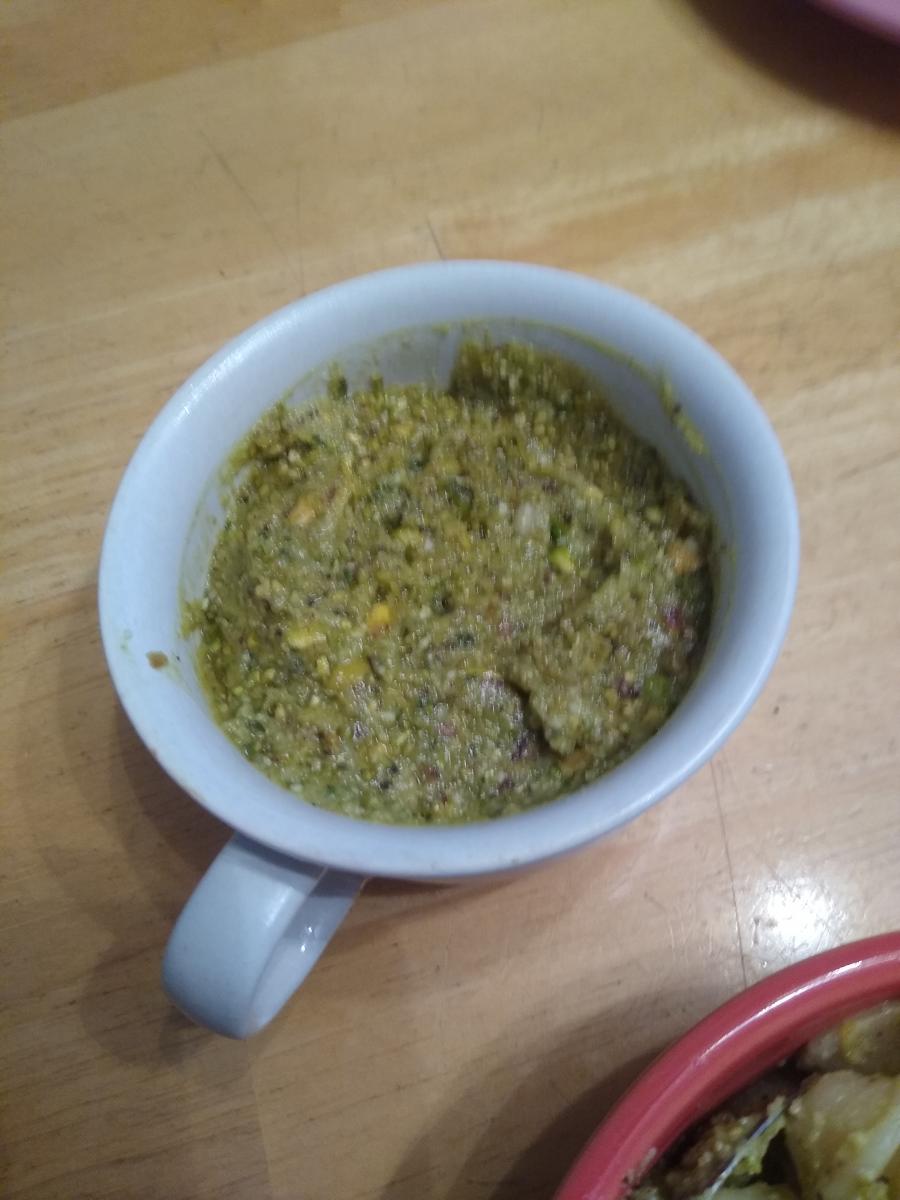
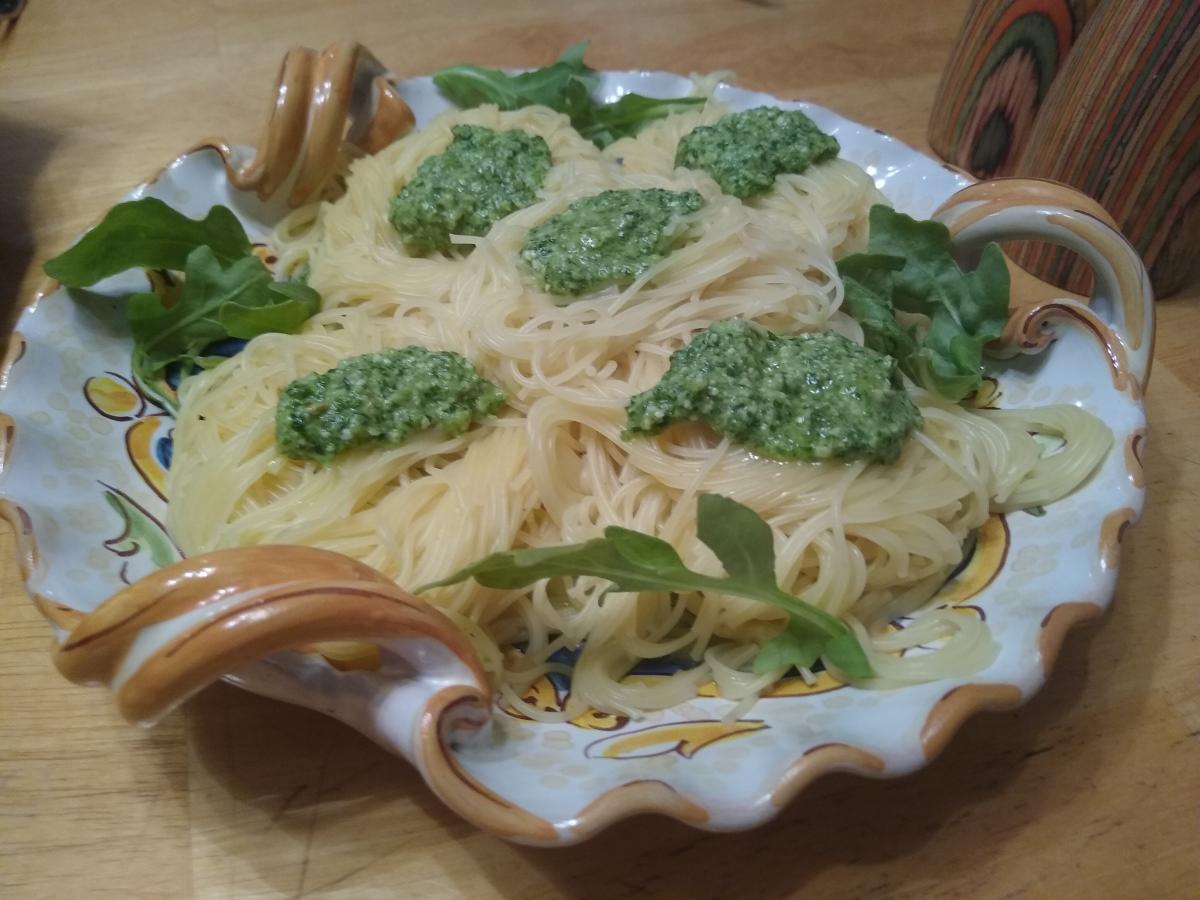
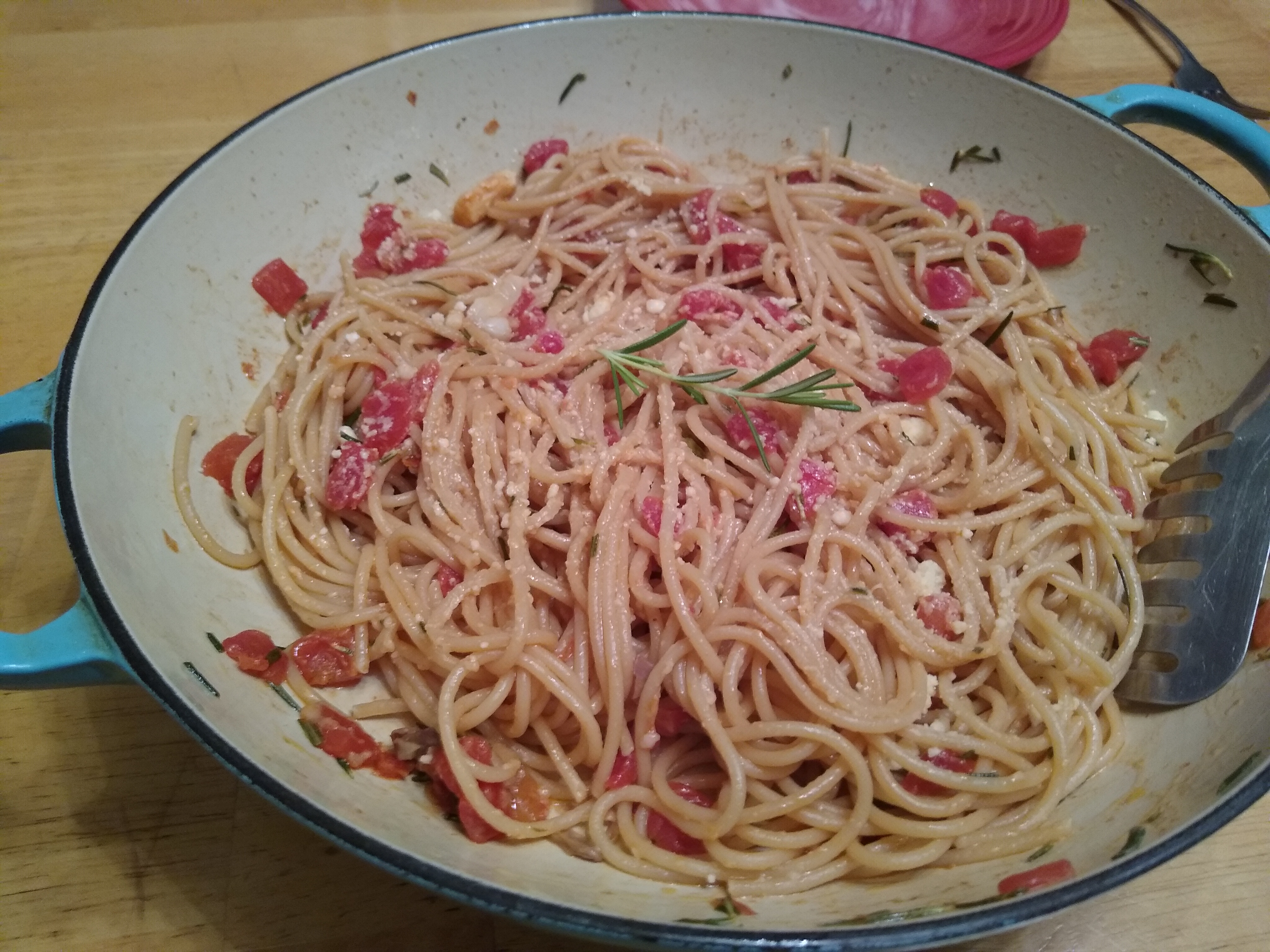 In much of Italy and in some parts of this country, rosemary grows year-round and people have hedges of it, but in Plymouth this is one of those taste-of-summer dishes.
In much of Italy and in some parts of this country, rosemary grows year-round and people have hedges of it, but in Plymouth this is one of those taste-of-summer dishes.
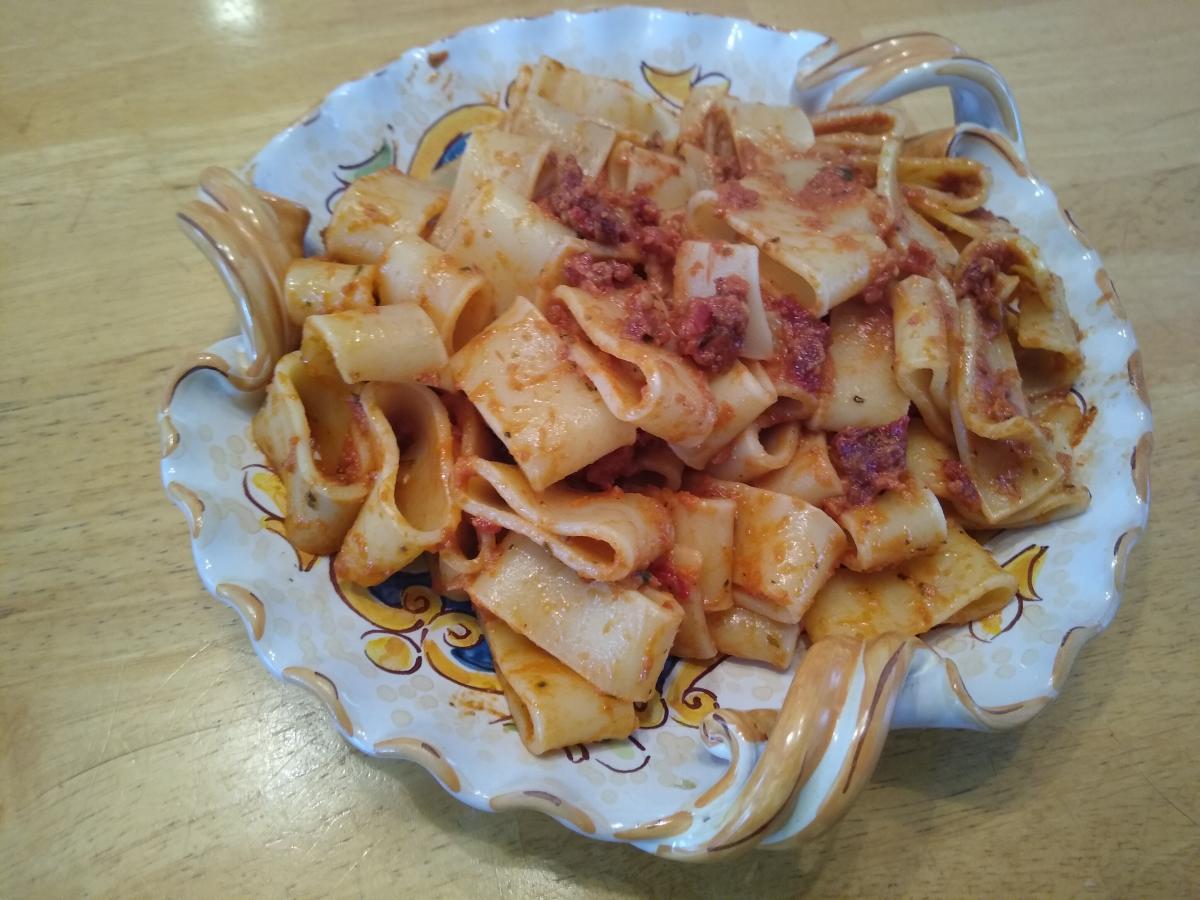 Here's a bright red, robustly flavored pesto with a strong backbone of sun-dried tomatoes and sweetness from ground almonds and pine nuts and a little fresh basil.
Here's a bright red, robustly flavored pesto with a strong backbone of sun-dried tomatoes and sweetness from ground almonds and pine nuts and a little fresh basil. 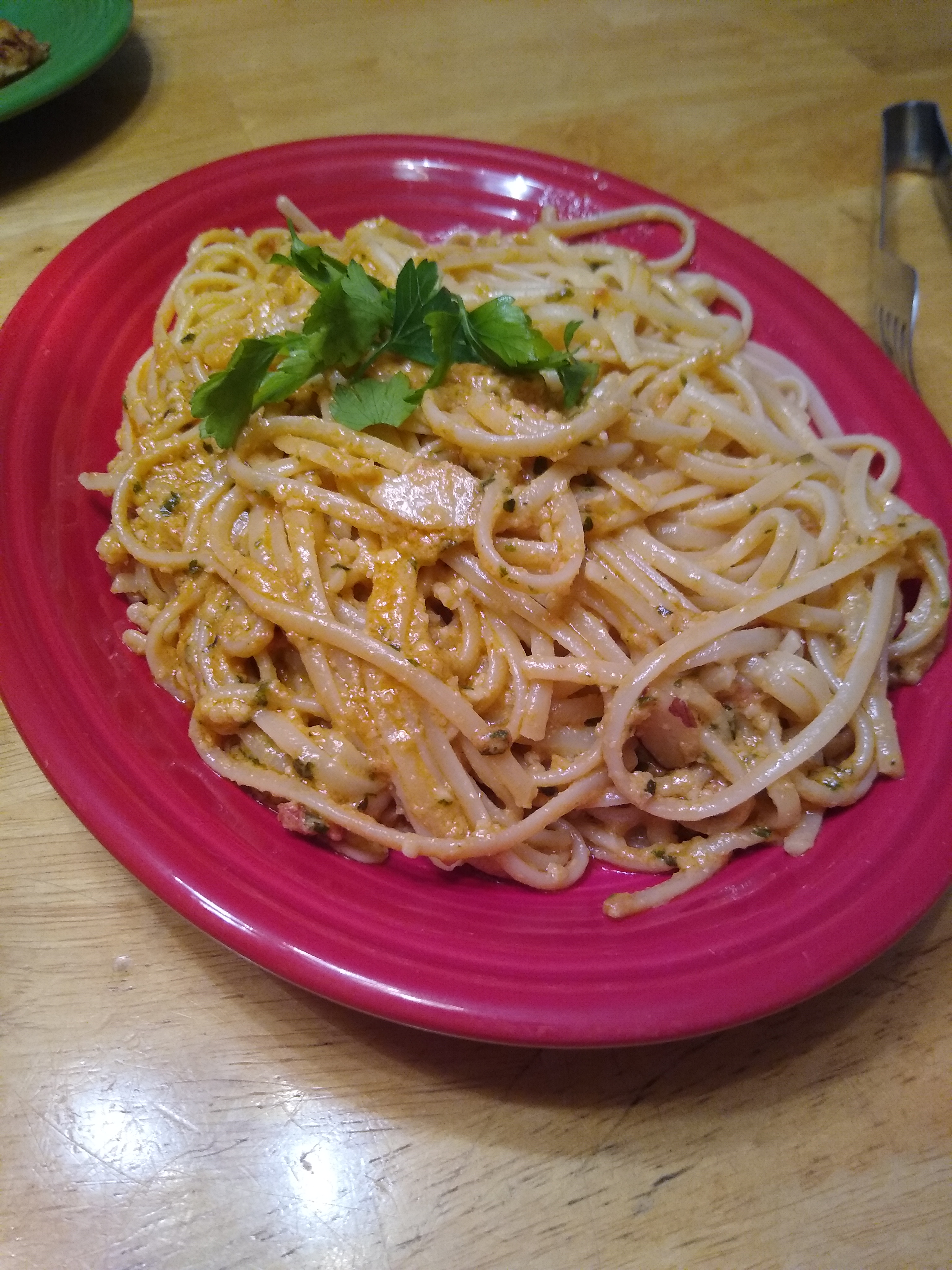 This delight from Trapani in far western Sicily is the next-best known Italian pesto after
This delight from Trapani in far western Sicily is the next-best known Italian pesto after 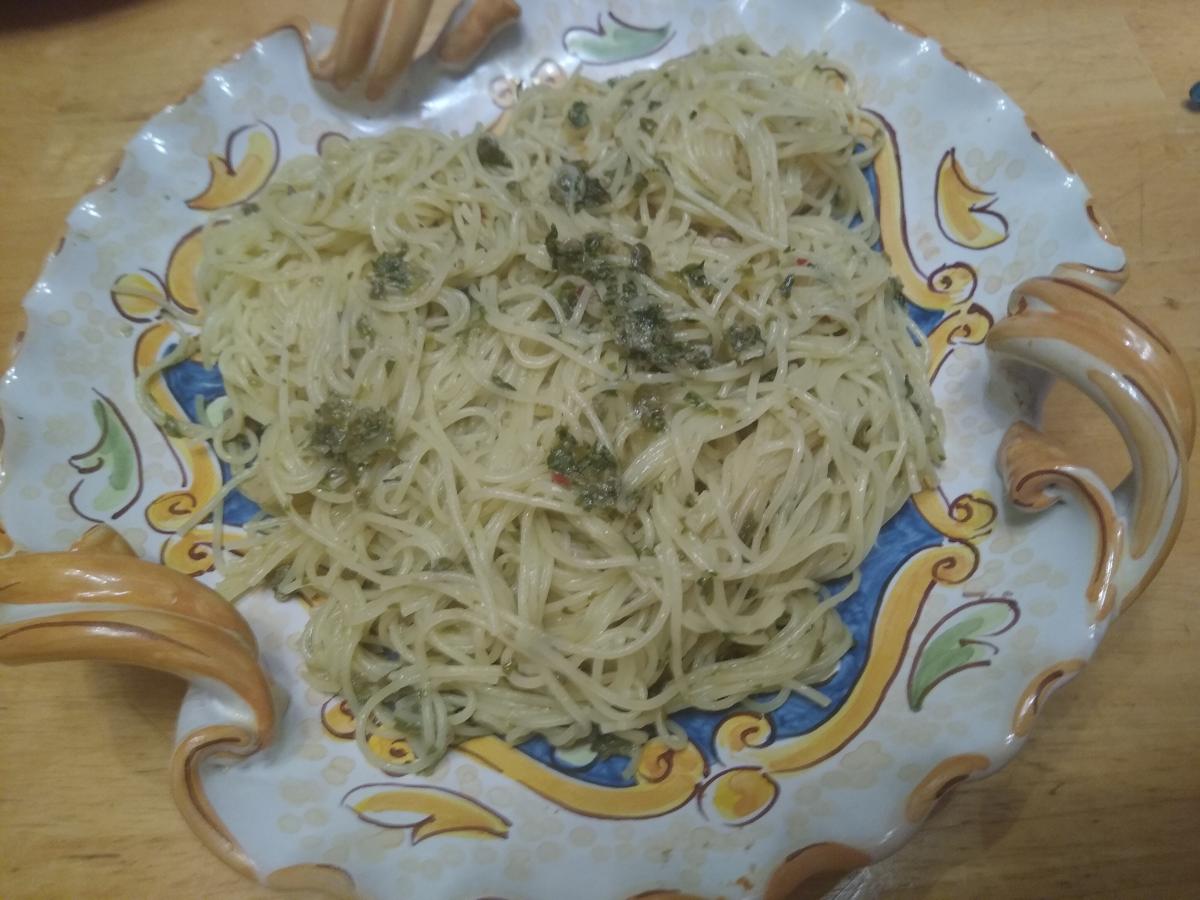 Caper Pesto is a zippy, zesty paste of capers with a little celery leaf and garlic with olive oil, which is to say there's not much to interfere with the caper flavor. It's great topping for bruschetta, and it's good on pasta in small amounts when accompanying a dish that's not bursting with other flavors. We had it on angelhair with plain broiled haddock and it worked out very well.
Caper Pesto is a zippy, zesty paste of capers with a little celery leaf and garlic with olive oil, which is to say there's not much to interfere with the caper flavor. It's great topping for bruschetta, and it's good on pasta in small amounts when accompanying a dish that's not bursting with other flavors. We had it on angelhair with plain broiled haddock and it worked out very well.